Biomass is often seen as competing with food agriculture. That is because the preferred framing of any activity is with our carbon based economy, meaning gas-fertilized land worked with diesel equipment and logistics. This is not necessary and it is not going to work for several reasons. One of them is that the shift in arable land is more or less permanent, lost land is not coming back by itself just like the North pole is not going glaze over again suddenly in the next millenium. Meanwhile unchecked carbon stores (forests and such) will burn in unnatural hot forrest fires (like recently in the US) destroying them for long periods of time, creating carbon sinks and ridding the soil of carbon. Wake up, it is a losing game until you counterstrike. The climate game does not allow one to drawback.
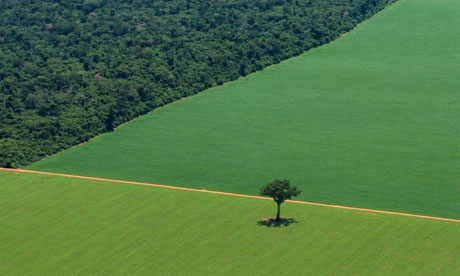
Rianforests are carbon sinks and biomass, Carbon fertilized GM soy is poison we eat throurgh our meat (unecessarily). The govenor of the rainforest state however is also the owner of the soy company.
Biomass can come from many areas we don’t associate with agriculture today, simply because it is not the easiest to claw it there, because it takes effort or breaking through (for instance desalination) business models. We only need to consider a distinction between what is Economically feasible and what is Robeconomicaly feasible. Things that are economically feasible waste carbon fuel, natural resilience, involve many parties and is suboptimal so as to create consumer jobs. Roboeconomical feasible projects may require input from carbon fuels, although these can be replaced by input of renewable power, are build to involve minimal labour and can therefore be optimzed without guilt. Refertilizeing and recovering desert lends itself for this approach.
Desalinatie
Desalination these days is usually Revers Osmosis. But solar desalination is ultimately more roboeconomic, wind and solar driven freeze desalination also. Even salinity driven electrochemical desalination ( www.saltworkstech.com ) is a better option. Electrochemical deslaination uses a salt water battery to draw ions and anions out of the water, this technology can turn the dead sea into the biggest and greenest desalination centre of the middle east, because it has both power from the drop (400 meter) and from the highly saline water.
Woestijnen zijn goudmijnen
But a question could be asked: Do we need to desalinate? The answer in many cases is NO. We need the water to get into areas where normal winds don’t carry or arrive exhausted. So to do that we could irrigate with saline water, we would choose an already saline spot (salt lake, internal salt lakes in Africa, salt desserts in New Mexico, there a plenty of those. Climatebabes is owned by Greencheck).
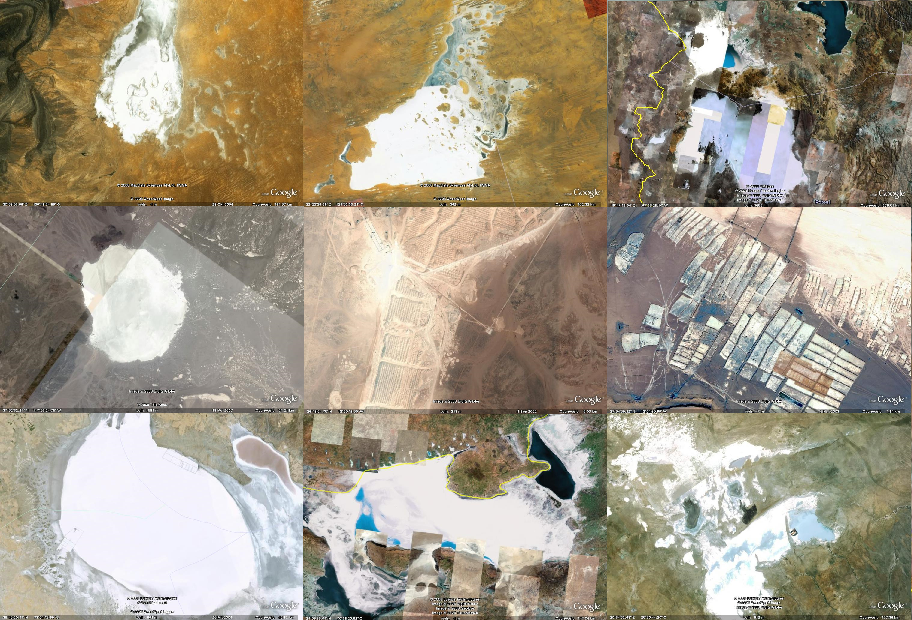
Salt reservoirs can both be irrigated using seawater, and they can be a battery for a electrochemical desalination process.
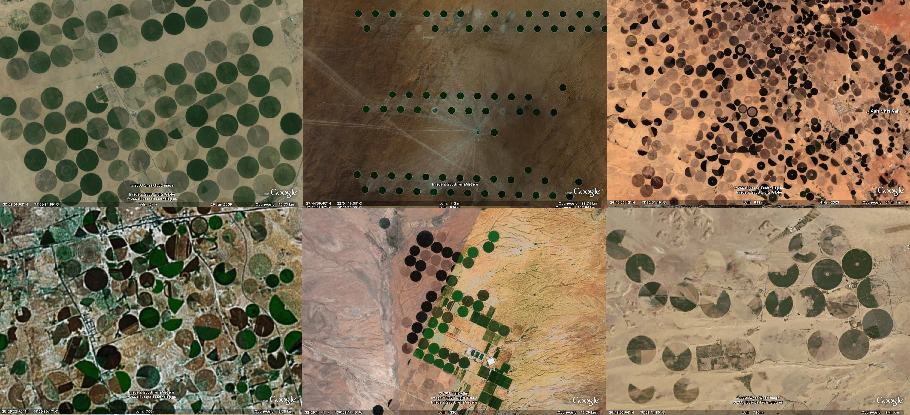
The effects of irrigation
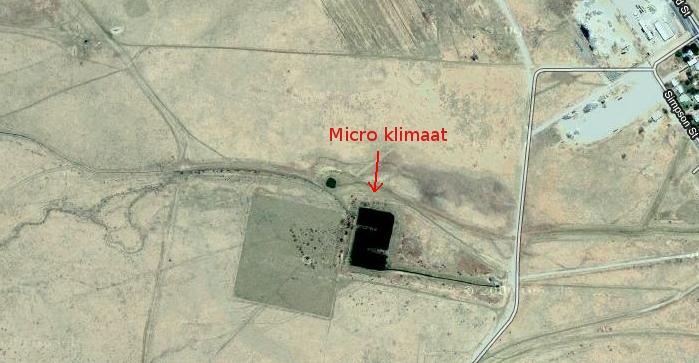
Planting a forest means you suddenly have a microclimate where moist air remains captured (above a small patch of forest in a big desert in australia).
One of the industries that is marginally involved with carbon fuels is the pipeline industry. These people can lay pipes over thousands of miles, to carry ammonia, oil, gas, etc. There are technologies that make pipes capable of withstanding any type of fluid, so that carrying seawater really is no problem. Pumping the water though these pipe systems could be done using solar energy, as the water heats up in the pipe and may (if the design is right) turn into steam and be able to drive water forward. I have yet to find the thermal modelling tool to design a solar selfpumping irrigation pipe, of course the water can’t come out steaming, although that could have other applications.
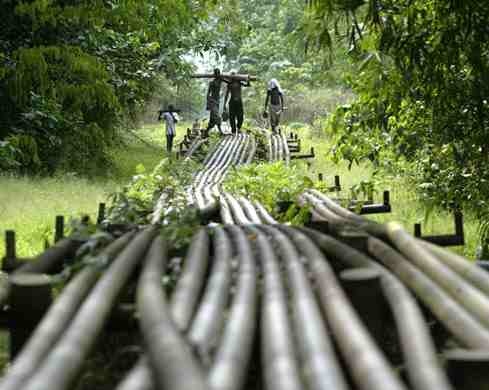
Silicone-glassfiber Pipes

Silicone
Simplistically, one can make silicon in the desert using sunlight to make methane, then mix it with silicium and you get silicone. You can make glassfiber by melting sand with solar power and drawing the fibers. Melting sand and shaping it into usefull elements (using concentrated solar power) is another option. The materials you need are all there in the desert. Silicone can also be produced on location to reatain more water in the soil. it can also simply be used as lining in a woven glassfiber tubes or more rigid pipes.
The potential of concentrated solar power to make glass fiber (and solar grade silicon?, the puddle of molten concrete?)
Solar sinter, 3D glass shaping using concentrated sunlight
Can you sinter pipe elements with a diameter of 10 meter? Of course you can. Can you do this automatic? Yes. Can you fill it up near shore using wind and wave energy? Yes. Material cost? A fraction of metal pipes. Can therefore water be brought into the desert many miles from the shore where it will remain due to the wind patterns. Yes. Biomass. You could say “But biomass doesn’t show up by itself!”. True, but this has been the approach of economists : “Hey, nature will firgure it out!”.